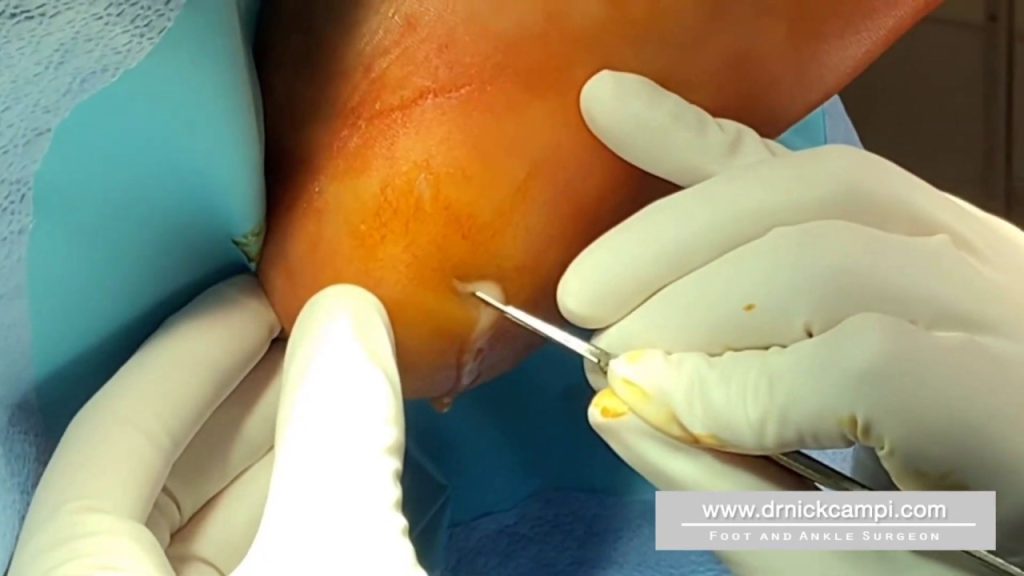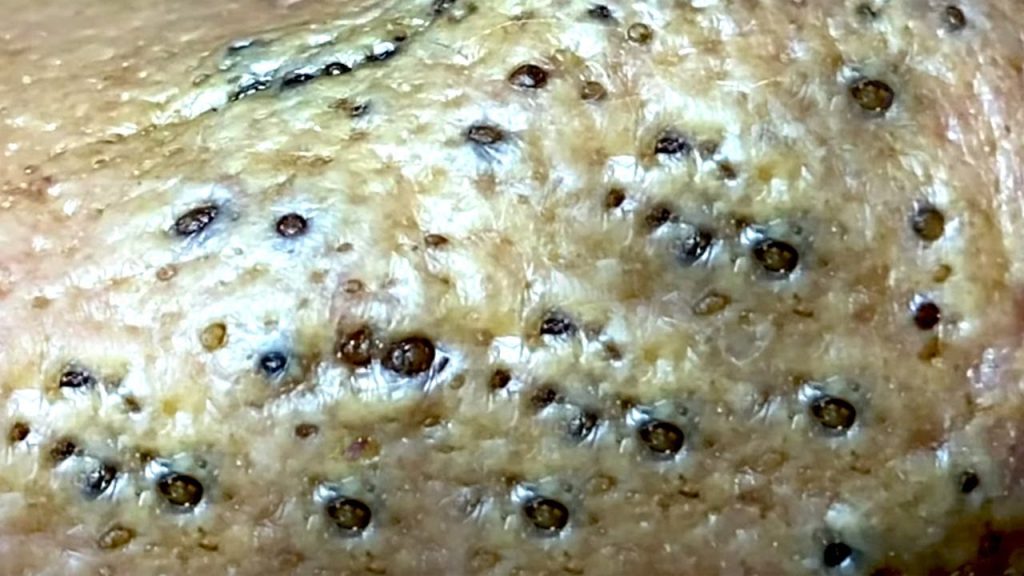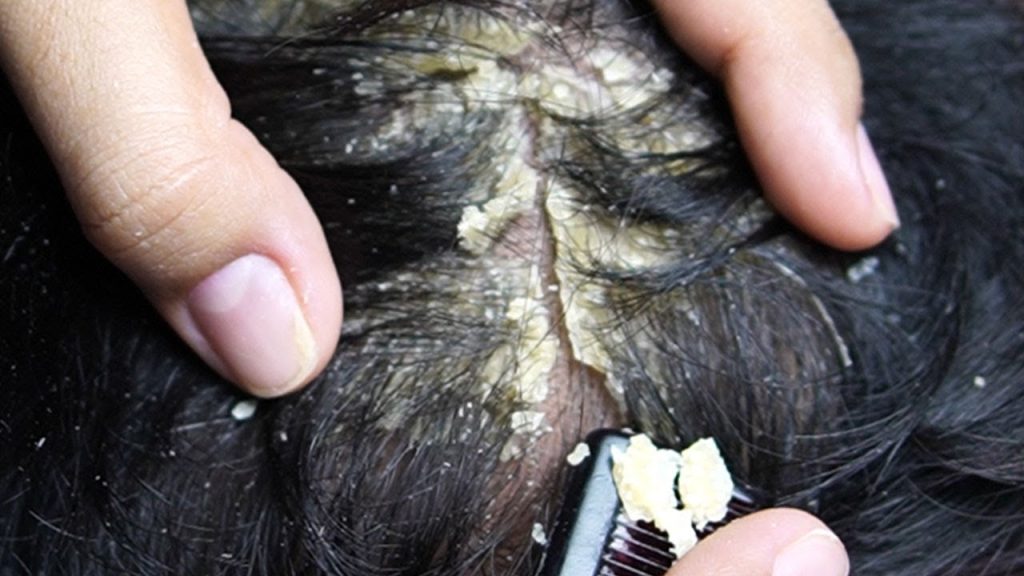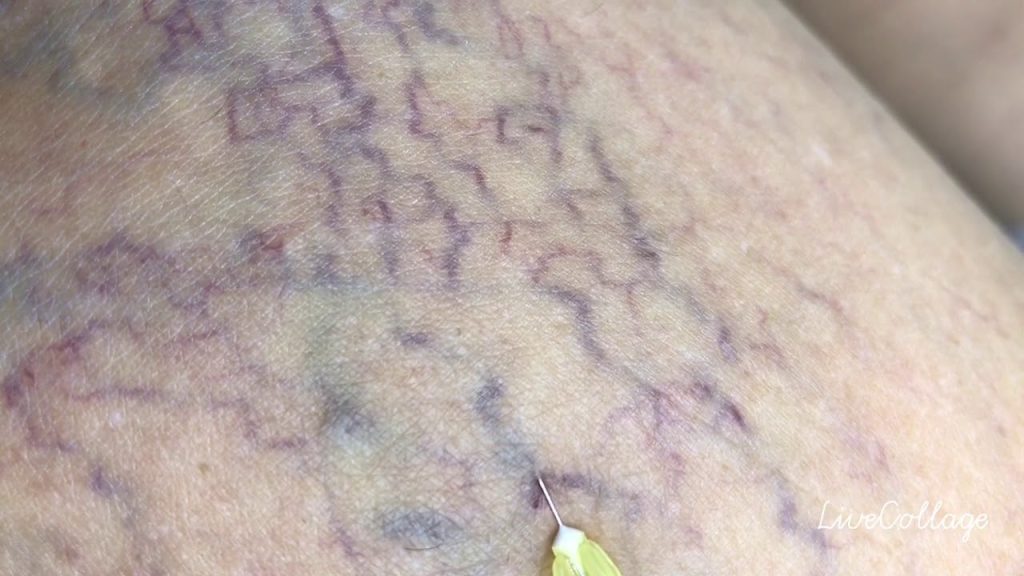Comments Off on Emergency Guide for Draining Pus from a Nail Puncture Wound

1. Assess the Situation
- Check for signs of infection: redness, swelling, warmth, pain, or pus discharge.
- If the wound is large, deep, or has embedded debris, seek medical attention as soon as possible.
2. Prepare a Clean Environment
- Wash your hands thoroughly with soap and water.
- Sterilize all tools (needle, tweezers, etc.) by boiling them for 10 minutes or cleaning them with rubbing alcohol.
- Clean the area around the wound with an antiseptic solution (e.g., Betadine or 70% alcohol).
3. Soften the Area
- Soak your foot in warm, salty water (1 teaspoon of salt in 1 liter of water) for 15–20 minutes to soften the skin and encourage natural drainage.
4. Encourage Natural Drainage
- Gently press around the wound to see if the pus will drain on its own. Avoid forcing it, as this can push the infection deeper.
5. If Manual Draining is Needed
- Use a sterilized needle to gently prick the softest part of the pus-filled area.
- Allow the pus to drain naturally. Do not squeeze forcefully, as this can worsen the infection.
- If you encounter severe pain or resistance, stop immediately and seek professional help.
6. Clean and Dress the Wound
- Rinse the wound thoroughly with saline solution or clean water.
- Apply an antibiotic ointment (e.g., Neosporin).
- Cover the wound with sterile gauze or a bandage.
7. Aftercare
- Change the dressing daily or whenever it gets wet or dirty.
- Continue soaking the foot in warm salt water twice a day until the wound shows no signs of infection.
- Watch for signs of worsening infection: increasing redness, swelling, or fever.
Important Notes
-
- If the wound becomes more painful, swollen, or red, or if you develop a fever, seek immediate medical care. These are signs of a spreading infection or an abscess.
- Avoid walking on the affected foot as much as possible to reduce irritation and promote healing.



